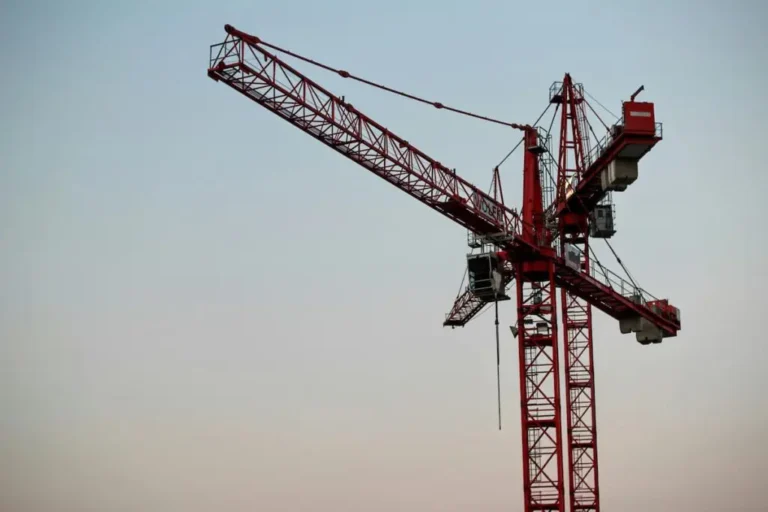Steel shapes the world around us, enabling the creation of magnificent structures that defy imagination. From towering skyscrapers to vast stadiums, steel’s role in construction is indispensable.
Let’s discuss the uses of light gauge steel and structural steel whilst highlighting their benefits and key differences
Why Build with Steel?
Steel is one of the most cost-effective and durable building materials available. It boasts the highest strength-to-weight ratio among construction materials.
A steel beam or column can support more weight than concrete or wood of the same mass. Cold-formed metal studs, in particular, span greater distances without needing heavier components, resulting in light yet strong structures.
Steel structures are efficient, allowing builders to use fewer materials without compromising functionality. Steel’s high tensile strength allows it to flex under loads that would cause other materials to crack or break, making it ideal for buildings in seismic zones or high-wind areas.
Additionally, steel is recyclable, making it an environmentally friendly choice.
Structural Steel Framing
Structural steel is essential for large projects like skyscrapers, stadiums, and industrial facilities. It is produced using blast furnaces or electric arc furnaces, which purify iron into steel at high temperatures.
The resulting steel is rolled or molded into shapes like I-beams and L-sections. These components are heavier and larger than cold-formed metal sections and are used in high-rise buildings and other structures subjected to significant loads.
Structural steel framing requires design certification from a structural engineer. This certification ensures that the steel framing design adheres to relevant building codes and standards, confirming its structural integrity and safety.
Structural engineers provide detailed calculations, design approvals, and inspections to certify that the structural steel framing is properly designed and constructed to withstand the intended loads and environmental conditions.
Examples of structures requiring structural steel framing include:
- Stadiums
- Skyscrapers
- Aircraft hangars
- Hospitals
- Wind turbines
- Suspension bridges
- Oil platforms
Structural steel is also used to create large diameter steel pipes, showcasing its versatility and strength in various high-stress applications beyond framing.
Cold Formed Steel Framing
Cold-formed steel framing is ideal for small to mid-scale projects up to 4 to 6 stories, including projects such as:
- Modular homes
- Hospital rooms
- Malls
- Schools
Unlike structural steel, cold-formed steel is created by rolling thin strips of steel at room temperature. The primary components are metal studs, shaped into C, Z, or U profiles and coated with protective layers like aluminum or zinc.
Cold-formed steel framing is lighter and more cost-effective for transportation and construction.
It offers design flexibility, allowing for the creation of repeatable and reliable designs via CAD and CNC machines. This process enables the rapid production of numerous structures, making cold-formed steel suitable for a wide range of applications.
Much like structural steel, cold-formed steel framing also requires structural engineering certification from a licensed engineer.
This certification ensures that the design meets all relevant building codes and standards, guaranteeing the structural integrity and safety of the construction.
Structural engineers play a crucial role in this process, providing the necessary calculations, design approvals, and inspections to certify that the cold-formed steel framing system is correctly implemented and capable of withstanding the intended loads and environmental conditions.
Steel Framing vs. Timber Framing
While wood remains a popular choice for residential construction, steel offers unique benefits. Steel’s uniform shape allows for greater design flexibility and durability.
Countries like Sweden, Japan, and parts of Canada use wood products for public infrastructure, but steel’s superior structural properties make it an attractive alternative.
Sustainable harvesting practices can make wood a viable option, but steel’s recyclability and strength offer unmatched advantages.
Choose the Right Building Material for your Project
Steel is crucial for modern construction, offering durability, cost-effectiveness, and environmental benefits.
Whether building a home or a skyscraper, steel can help turn blueprints into a dsfe and structurally sound reality.
By understanding the differences between light gauge and structural steel, builders can choose the right material for their projects, ensuring efficient and lasting constructions.


